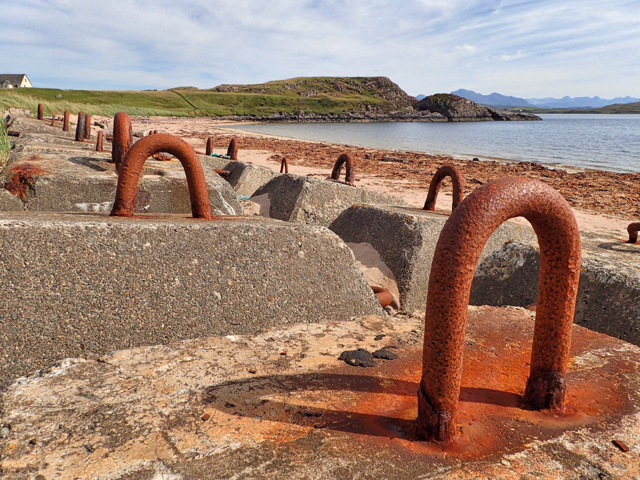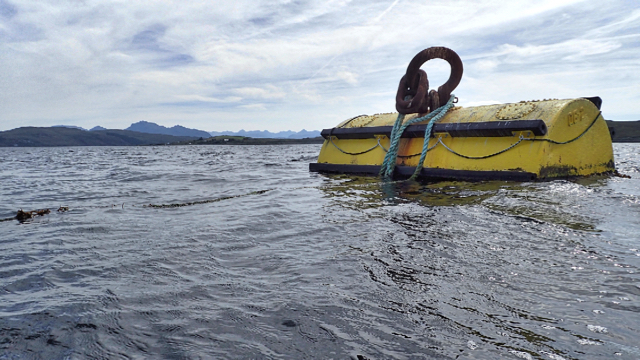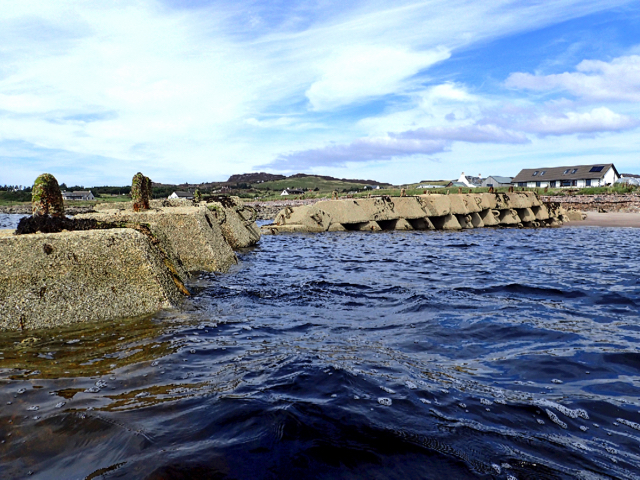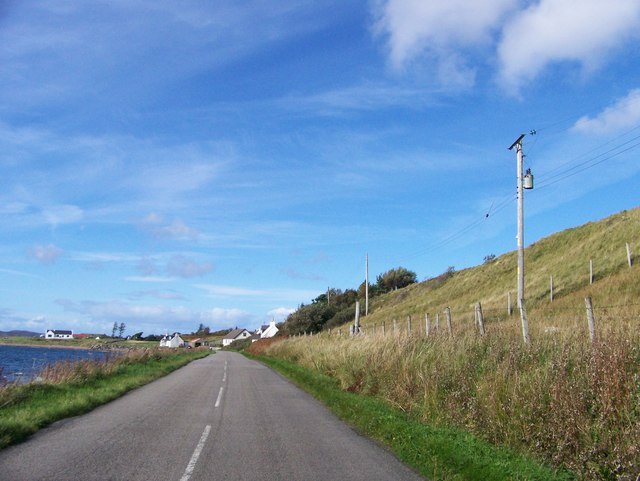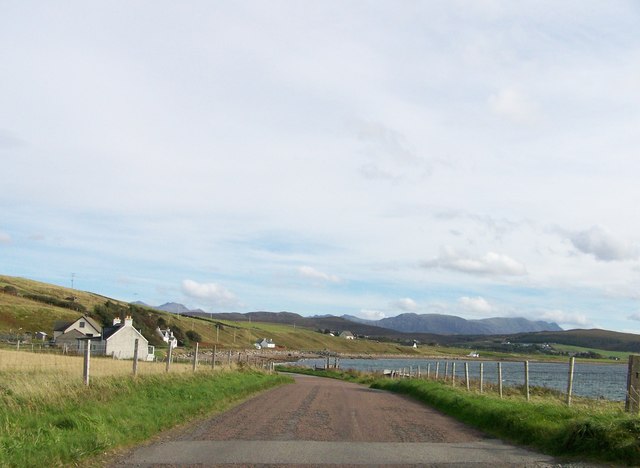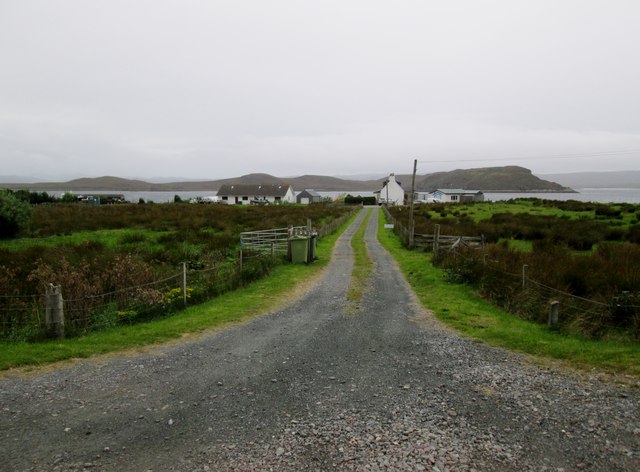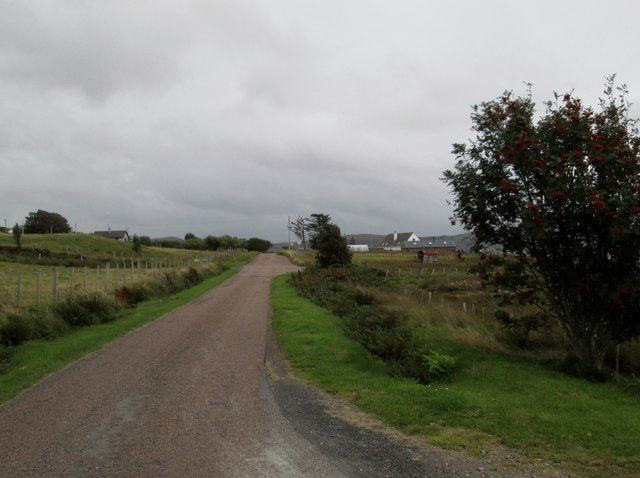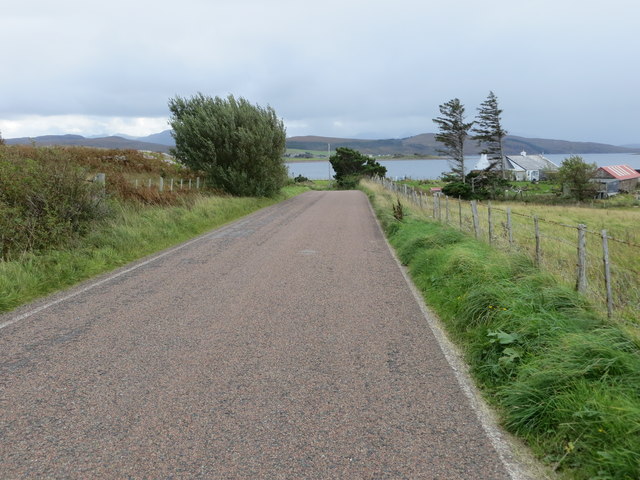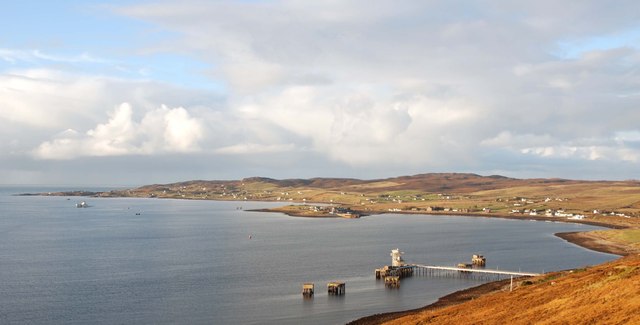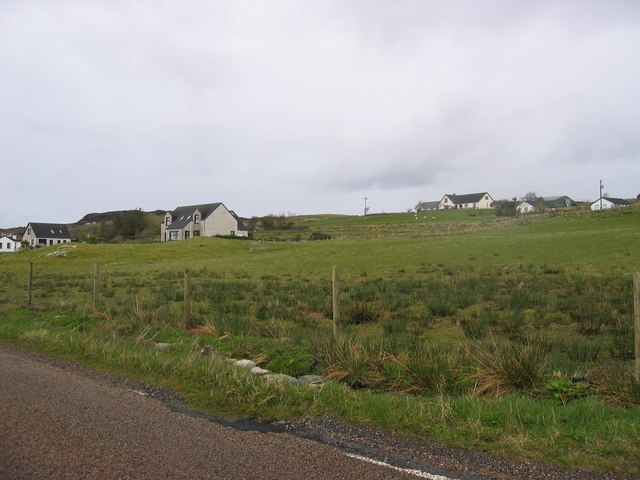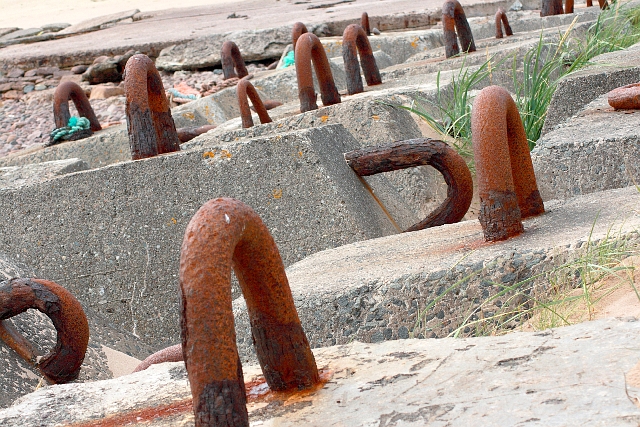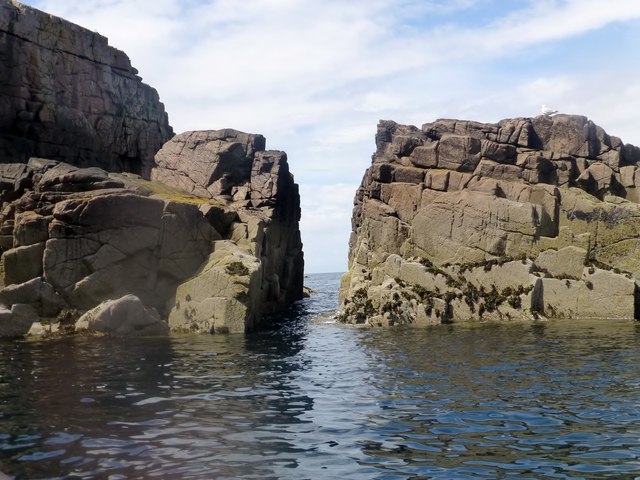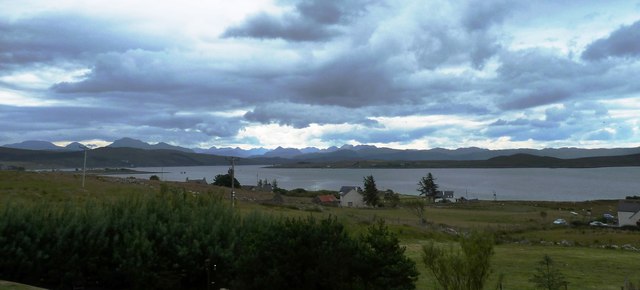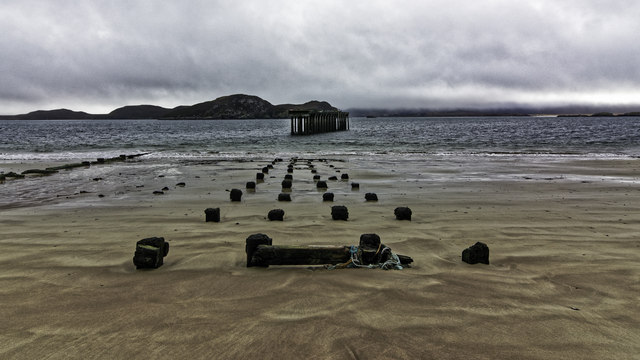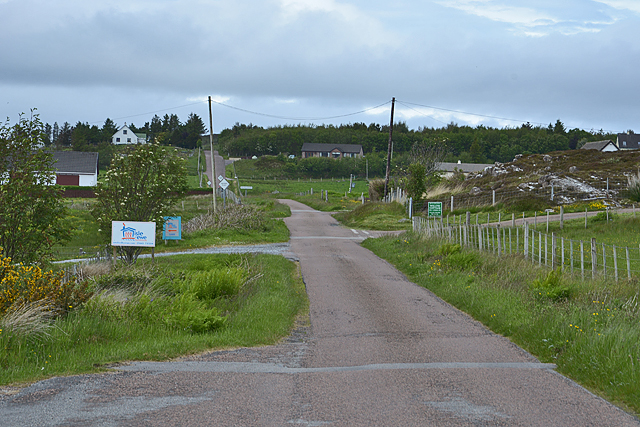Cnoc na Gaoithe
Hill, Mountain in Ross-shire
Scotland
Cnoc na Gaoithe
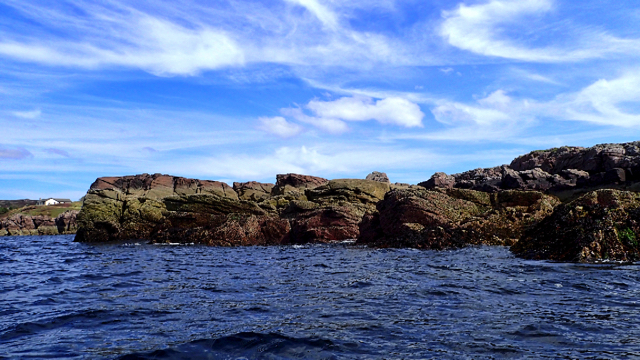
Cnoc na Gaoithe, located in Ross-shire, Scotland, is a prominent hill/mountain that offers breathtaking views and a variety of outdoor activities. Standing at an elevation of approximately 456 meters (1,496 feet), it is a popular destination for hikers, nature enthusiasts, and adventure seekers.
This hill/mountain is known for its distinctive shape, with a pointed summit that resembles a cone, giving it the name "Cnoc na Gaoithe," which translates to "Hill of the Wind" in Gaelic. The name is quite fitting, as the hill is often exposed to strong winds due to its position in the Scottish Highlands.
The ascent to the summit of Cnoc na Gaoithe involves a moderate hike, with well-defined trails that wind through heather-covered slopes and rocky terrain. Along the way, hikers can encounter a diverse range of flora and fauna, including wildflowers, birds, and occasionally, deer.
Reaching the top rewards visitors with panoramic views of the surrounding landscape, including the nearby lochs, rolling hills, and distant mountains. On clear days, it is even possible to see the Isle of Skye in the distance.
Outdoor activities such as hillwalking, photography, and birdwatching are popular on Cnoc na Gaoithe. The hill/mountain provides a peaceful and serene environment, making it an ideal place for those seeking solitude and tranquility in nature.
Overall, Cnoc na Gaoithe in Ross-shire offers a captivating experience for outdoor enthusiasts, combining stunning natural scenery with opportunities for exploration and adventure.
If you have any feedback on the listing, please let us know in the comments section below.
Cnoc na Gaoithe Images
Images are sourced within 2km of 57.83956/-5.6325802 or Grid Reference NG8489. Thanks to Geograph Open Source API. All images are credited.
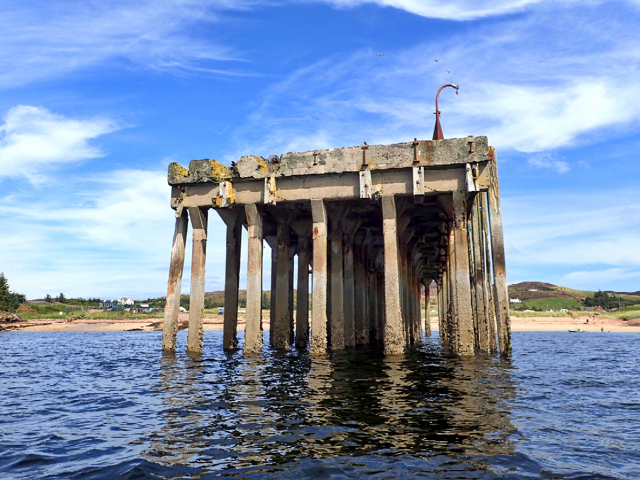
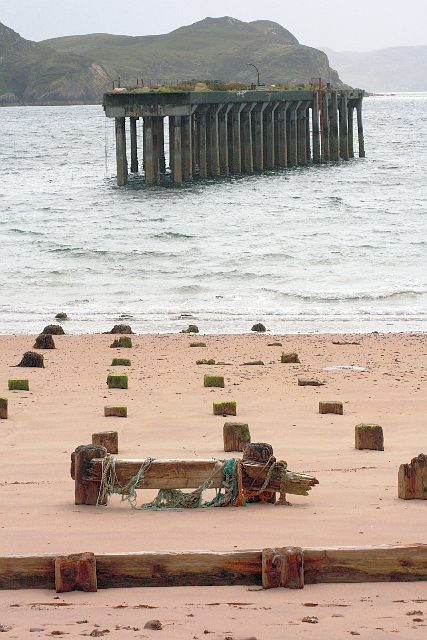
Cnoc na Gaoithe is located at Grid Ref: NG8489 (Lat: 57.83956, Lng: -5.6325802)
Unitary Authority: Highland
Police Authority: Highlands and Islands
What 3 Words
///kiosk.speedy.rainbow. Near Gairloch, Highland
Nearby Locations
Related Wikis
Isle of Ewe
The Isle of Ewe (Scottish Gaelic: Eilean Iùbh) is a small Scottish island on the west coast of Ross and Cromarty. The island is inhabited by a single family...
Loch Ewe
Loch Ewe (Scottish Gaelic: Loch Iùbh) is a sea loch in the region of Wester Ross in the Northwest Highlands of Scotland. The shores are inhabited by a...
Ormiscaig
Ormiscaig (Scottish Gaelic: Ormasgaig) is a remote crofting village on the north east shore of Loch Ewe in Achnasheen, Ross-shire, Scottish Highlands and...
Mellon Charles
Mellon Charles (Scottish Gaelic: Meallan Theàrlaich) is a remote crofting village on the north east shore of Loch Ewe near Gairloch in Wester Ross, in...
Nearby Amenities
Located within 500m of 57.83956,-5.6325802Have you been to Cnoc na Gaoithe?
Leave your review of Cnoc na Gaoithe below (or comments, questions and feedback).
